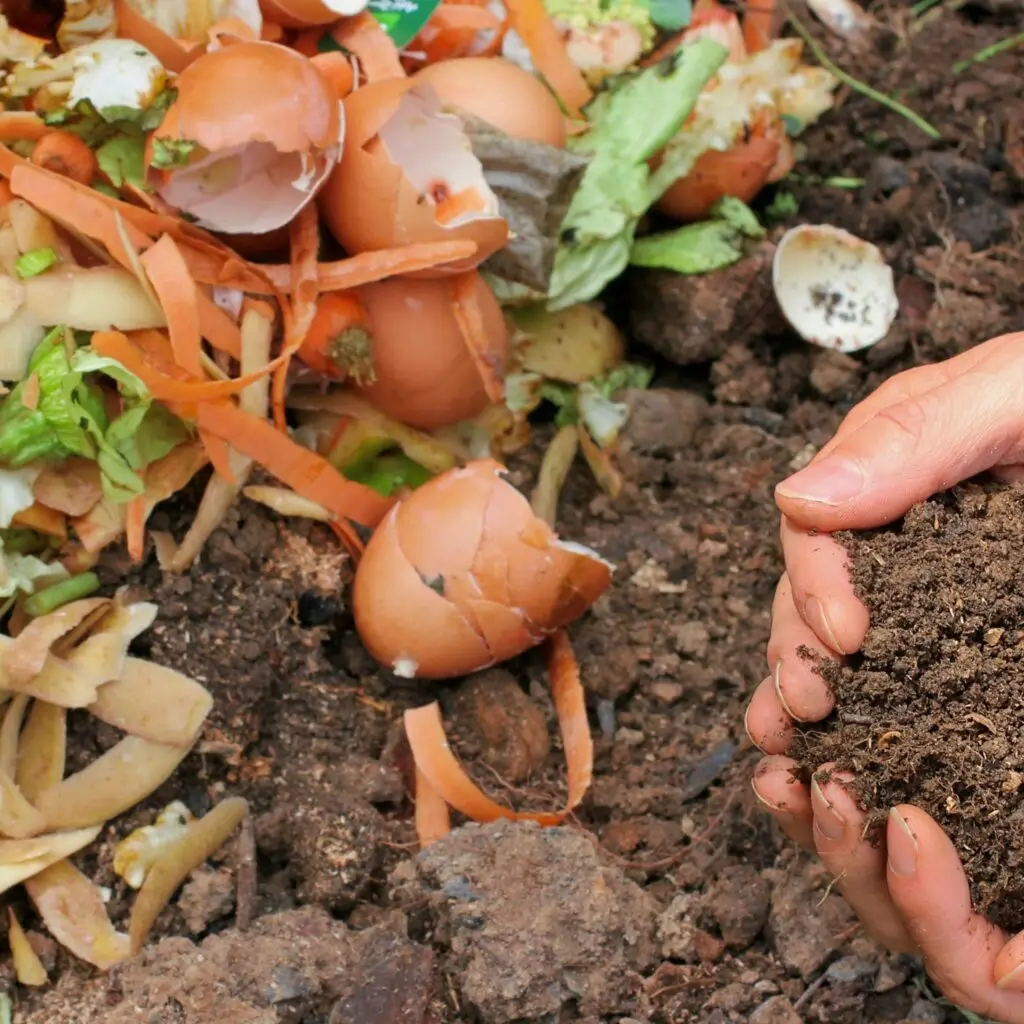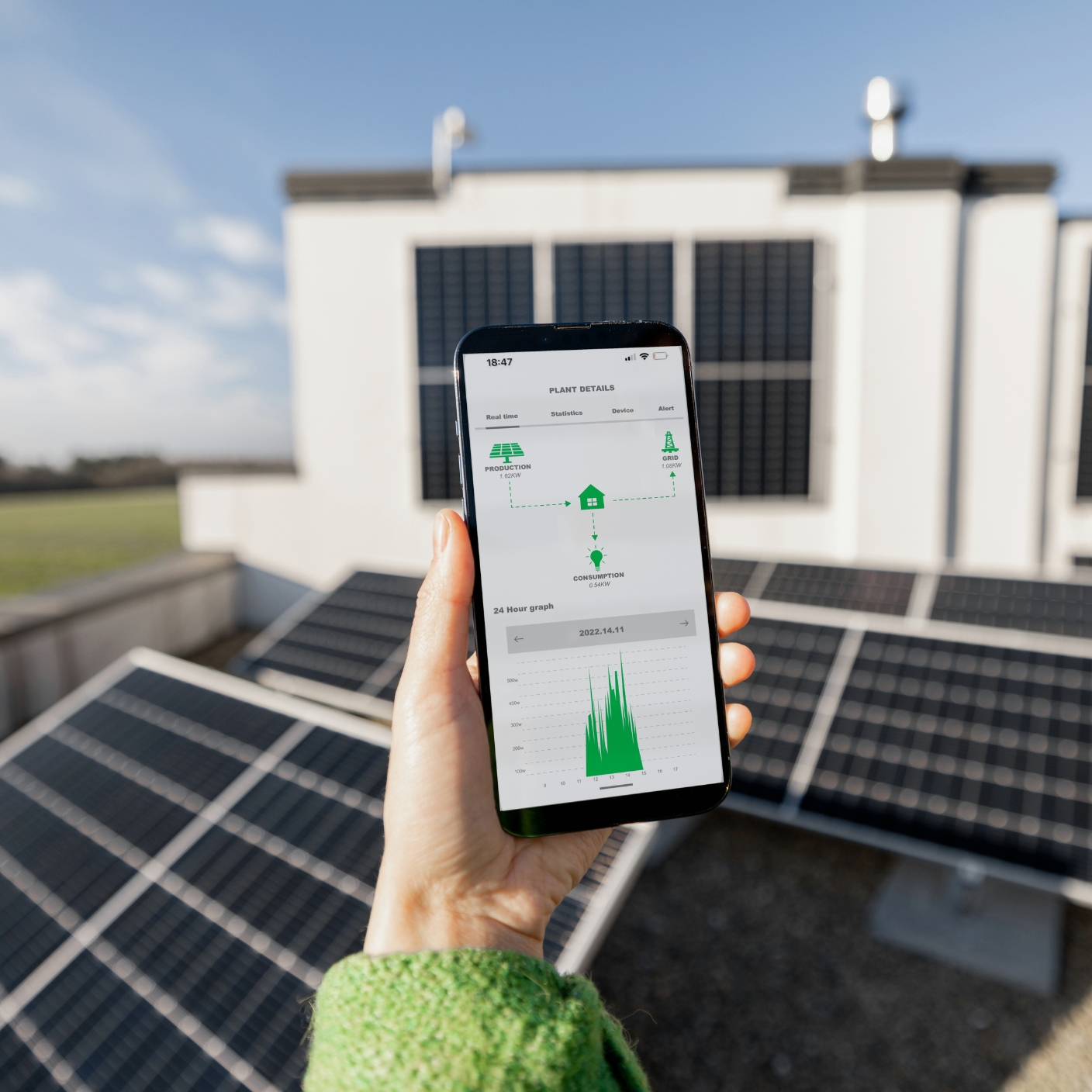As the world grapples with climate change, resource depletion, and growing waste, one thing is clear: innovation will be at the heart of saving the planet. Green innovation—pioneering solutions that reduce environmental impact while promoting sustainability—is transforming industries, changing the way we live, and offering hope for a more eco-friendly future.
From renewable energy to sustainable agriculture and cutting-edge technologies, green innovation is a powerful tool to combat environmental challenges. This post explores why green innovation matters, its key sectors, and how individuals and businesses can embrace it to help save the planet.
Table of Contents
ToggleWhat Is Green Innovation?
Green innovation refers to the development and application of products, processes, or systems that minimize environmental harm while enhancing efficiency and sustainability. This could mean creating biodegradable materials, designing energy-efficient systems, or deploying advanced technologies to reduce carbon emissions.
At its core, green innovation seeks to solve problems in a way that benefits both the planet and people. It’s about creating sustainable progress—balancing economic growth with ecological preservation.

Why is Green Innovation Is Crucial
Addressing Climate Change
The impacts of climate change—rising sea levels, extreme weather events, and biodiversity loss—are accelerating. Green innovation offers practical solutions to mitigate these effects by reducing greenhouse gas emissions, conserving resources, and fostering climate resilience.
For example, renewable energy sources like wind, solar, and hydropower are replacing fossil fuels, significantly cutting carbon footprints. Similarly, green building innovations, such as energy-efficient construction materials and smart energy systems, reduce energy consumption in homes and businesses.
Preserving Natural Resources
With finite resources under pressure, green innovation helps us do more with less. Technologies like water recycling systems, precision agriculture, and sustainable mining practices ensure that essential resources like water, soil, and minerals are used efficiently and responsibly.
For instance, vertical farming—a technique that grows crops in stacked layers—uses 95% less water than traditional farming while producing more food per square foot. This innovation not only conserves water but also reduces the need for arable land.
Reducing Waste and Pollution
Green innovation also tackles the growing problem of waste and pollution. Biodegradable materials, advanced recycling technologies, and circular economy models ensure that products are reused and repurposed rather than discarded.
One standout example is the development of biodegradable plastics made from plant-based materials like cornstarch. These materials break down naturally, reducing the burden of plastic waste in landfills and oceans.

Key Sectors Driving Green Innovation
Renewable Energy
The renewable energy sector is at the forefront of green innovation. Solar panels, wind turbines, and geothermal energy systems are now more efficient and affordable than ever, making clean energy accessible to millions. Innovations like floating solar farms and offshore wind farms are further expanding the potential of renewables.
Sustainable Agriculture
The agriculture industry is embracing green innovation to address food security and environmental concerns. Practices such as regenerative farming, precision irrigation, and drone monitoring help reduce resource consumption while boosting yields.
Transportation
The transportation sector is undergoing a green revolution with the rise of electric vehicles (EVs), hydrogen fuel cells, and shared mobility platforms. Innovations like self-driving EVs and hyperloop systems promise to redefine sustainable transportation in the coming decades.
The Role of Business in Green Innovation
Corporate Responsibility
Businesses play a critical role in driving green innovation. By adopting sustainable practices, investing in eco-friendly technologies, and rethinking supply chains, companies can significantly reduce their environmental impact.
For example, major corporations like Apple and Google have committed to using 100% renewable energy in their operations, setting a benchmark for others to follow.
Green Product Development
Many companies are creating products that prioritize sustainability without compromising quality. Examples include energy-efficient appliances, zero-waste packaging, and cruelty-free cosmetics.
How Individuals Can Support Green Innovation
While businesses and governments are critical players, individuals also have a role in promoting green innovation:
Advocate for Change: Voice your support for policies and initiatives that prioritize sustainability and green innovation.
Choose Eco-Friendly Products: Opt for products made sustainably or those that use green technologies.
Support Green Companies: Purchase from brands committed to eco-friendly practices.
Adopt Renewable Energy: Install solar panels or choose green energy providers for your home.
Challenges Facing Green Innovation
Despite its promise, green innovation faces barriers such as high initial costs, resistance to change, and a lack of widespread infrastructure. Overcoming these challenges requires collaboration between governments, businesses, and communities to make eco-friendly solutions more accessible and scalable.
Conclusion – The Future of Green Innovation
The path to saving the planet lies in our ability to innovate and adapt. Green innovation provides a roadmap to a sustainable future—one where economic growth and environmental preservation go hand in hand. By embracing these technologies and practices, we can combat climate change, preserve resources, and create a healthier world for future generations.
It’s time to act. Whether it’s supporting renewable energy, choosing eco-friendly products, or advocating for systemic change, every effort contributes to the larger goal of sustainability. Together, we can harness the power of green innovation to build a brighter, greener future.
At Planet Ideal, we’re on a mission to make sustainable living accessible for everyone. Our team of eco-enthusiasts writes short, snappy, and easy-to-digest articles designed to inspire real change without overwhelming. From practical tips to innovative ideas, we’re here to prove that living green can be stylish, convenient, and enjoyable. Join us as we empower individuals, families, and communities to embrace eco-friendly lifestyles—one step, one story, and one solution at a time.






